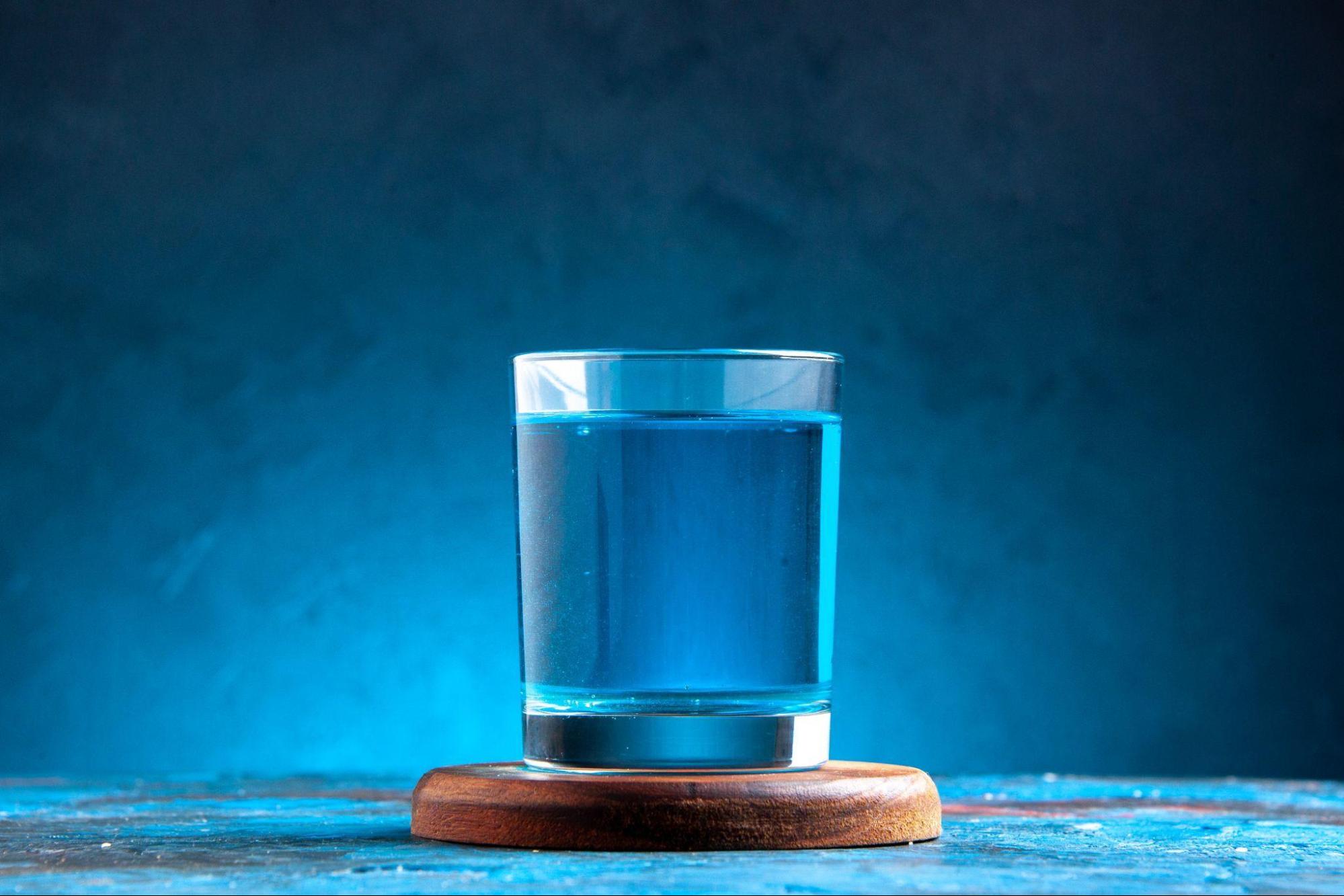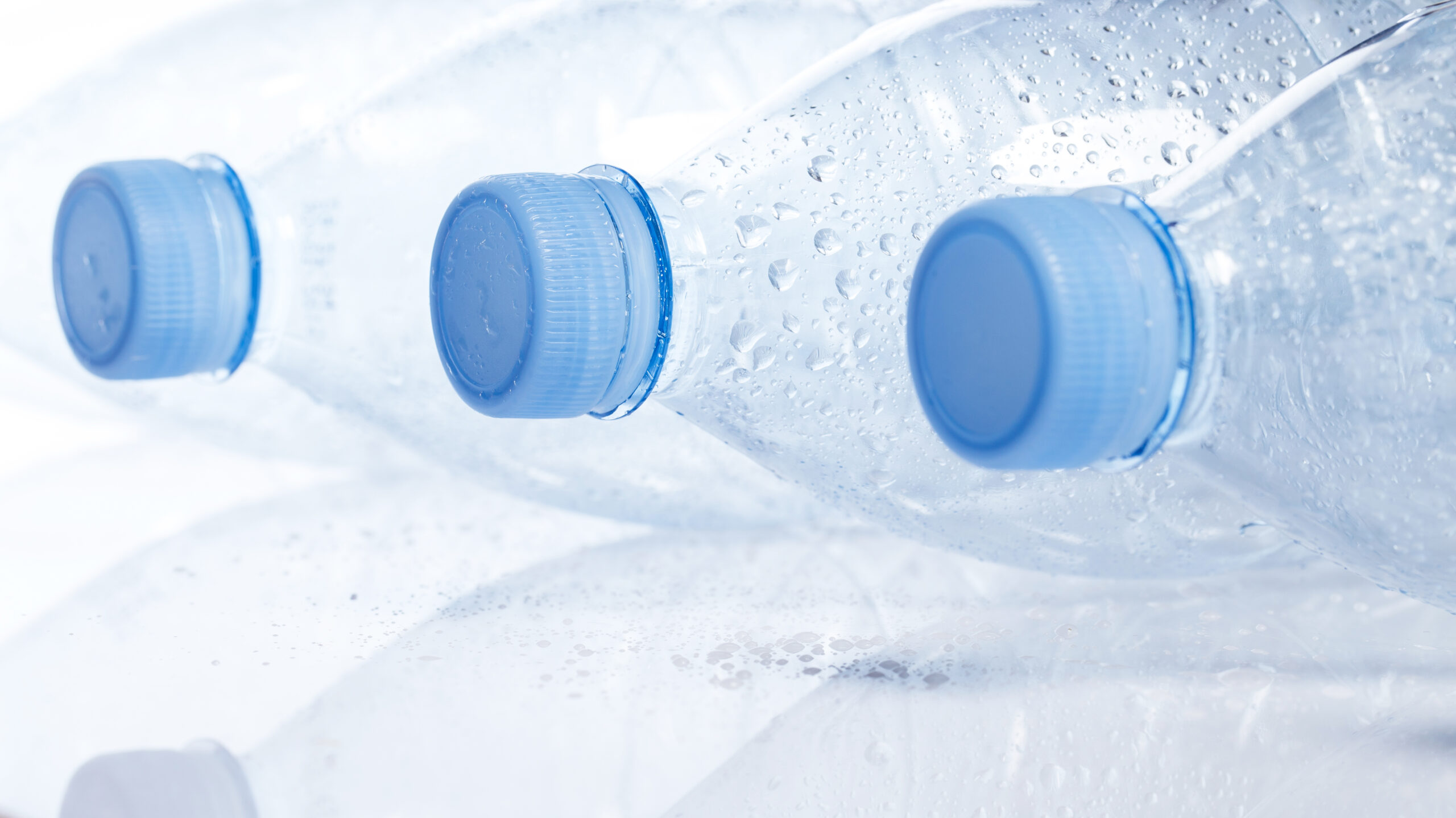As homeowners in Singapore seek efficient ways to ensure the purity of their drinking water, water purification systems that have ultraviolet purification (UV) features have emerged as an alternative.
UV light, which is part of the electromagnetic spectrum, plays a crucial role in water purification. With its ionising radiation, it can break chemical bonds, which, in turn, kills microbes. As such, UV water purification is used for disinfecting water that contains bacteria, viruses, and protozoans.
How the UV Water Purification Process Works
The UV water purification method employs specific UV lamps or bulbs that emit a particular wavelength of UV light. This wavelength is known as the Germicidal Spectrum or Frequency and helps in disrupting the DNA of pathogens.
As water flows through a UV purification system, it exposes any living organisms within to this UV light. This exposure attacks and alters the genetic material of the pathogens, namely DNA or RNA, rendering them incapable of functioning or reproducing. As a result, these organisms cannot multiply or spread infection to other organisms they come into contact with.
Factors Influencing UV Effectiveness
Here are the key factors that impact the effectiveness of UV water purification:
- Water Clarity: The presence of particulate matter, or turbidity, in water can significantly reduce the penetration of UV light. Particles in the water can absorb or scatter the UV rays, preventing them from reaching and effectively neutralising microorganisms. This is why water clarity is paramount; the clearer the water, the more effective the UV purification process will be.
- Flow Rate: The flow rate of water through the UV purification system is another critical factor. If the water flows too quickly, there might not be sufficient exposure time for the UV light to inactivate all harmful organisms effectively. Conversely, a flow rate that is too slow can lead to inefficiencies and increased energy consumption without proportionate benefits in purification. Finding the optimal flow rate ensures that water is exposed to UV light for just the right amount of time to achieve maximum disinfection efficiency.
- UV Intensity and Dosage: The intensity of the UV light and the dosage (which is a function of intensity and exposure time) are crucial for effective purification. The UV system must deliver a sufficient dose to ensure the inactivation of microorganisms. This dosage can be affected by the power of the UV lamp, the age of the lamp (as intensity decreases over time), and the distance between the lamp and the water.
- Water Quality Parameters: Besides turbidity, other water quality parameters such as iron, hardness, and the presence of certain chemicals can affect UV effectiveness. These elements can absorb UV light or form films on the surface of the lamp or the protective sleeve, diminishing the UV transmission. Water treatment systems might need to address these water quality issues before UV purification to maintain effectiveness.

Advantages of UV Water Purification
Here are the key advantages that make UV water purification stand out:
- Chemical-Free Purification: Unlike other methods that rely on chemicals to cleanse water, UV purification maintains the water’s natural taste and composition. This ensures that the water remains safe and pleasant to drink, preserving its refreshing benefits without any alterations.
- Environmental and Energy Efficiency: UV purification systems operate on minimal energy, significantly less than what is required for boiling water or running more complex, chemical-dependent systems. This not only leads to lower electricity costs but also contributes to a reduced carbon footprint, making it a great choice for eco-conscious households.
- Space-Efficient and Simple Process: Designed to be straightforward and compact, UV purification systems are perfect for urban homes in Singapore, where space can be at a premium. Their simplicity and effectiveness ensure water safety without the need for large, cumbersome equipment or compromising environmental values and living standards.
Limitations and Considerations
Here’s a breakdown of key considerations to keep in mind:
- Inability to Filter Non-Living Contaminants: While UV purification excels at neutralising harmful microorganisms, it does not remove chemical pollutants, heavy metals, or sediment. In regions with high levels of these contaminants, UV water purification should be integrated into a multi-stage filtration process, alongside methods like activated carbon filters or reverse osmosis, for a more comprehensive purification solution.
- Maintenance Requirements: The performance of UV water purification systems is directly tied to the condition of the UV bulb. With time, the bulb’s intensity may decrease, necessitating regular replacements to ensure the system remains effective. Moreover, the quartz sleeve housing the bulb must be kept clean to prevent any obstruction of UV light. Minerals or debris on the sleeve can impede the light’s path, reducing purification efficacy. Regular cleaning and maintenance are thus crucial for the system’s continuous optimal performance.
Experience the Convenience of UV Water Purification from Purehan
If you’re looking for a water purifier in Singapore that offers the benefits that come with UV purification, Purehan has the solution for you. Our cooling water purifier, the Super Cooling & Alkaline Water Purifier, comes with a UV purification in the faucet in addition to a 9-stage filtration system, so you can ensure that you have clean, purified water at home. Moreover, this water purifier comes with automatic electrolysis sterilisation on the water pipes, so you don’t have to worry about microorganisms staying in them. Experience the convenience of refreshing alkaline water when you purchase a water purifier from Purehand today!
If you want something more compact for your home, you can also check out our small water purifier. For more water purifier insights, check out how water purification works in water purifiers and the types of filtration technologies popular in water purifiers.






